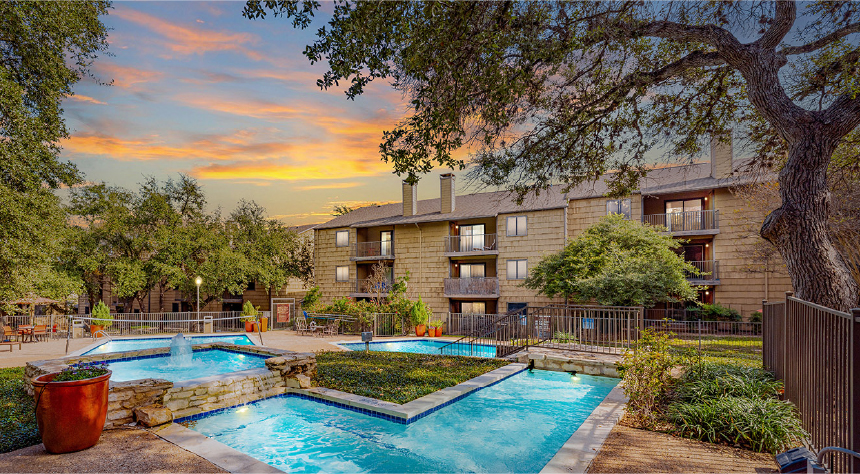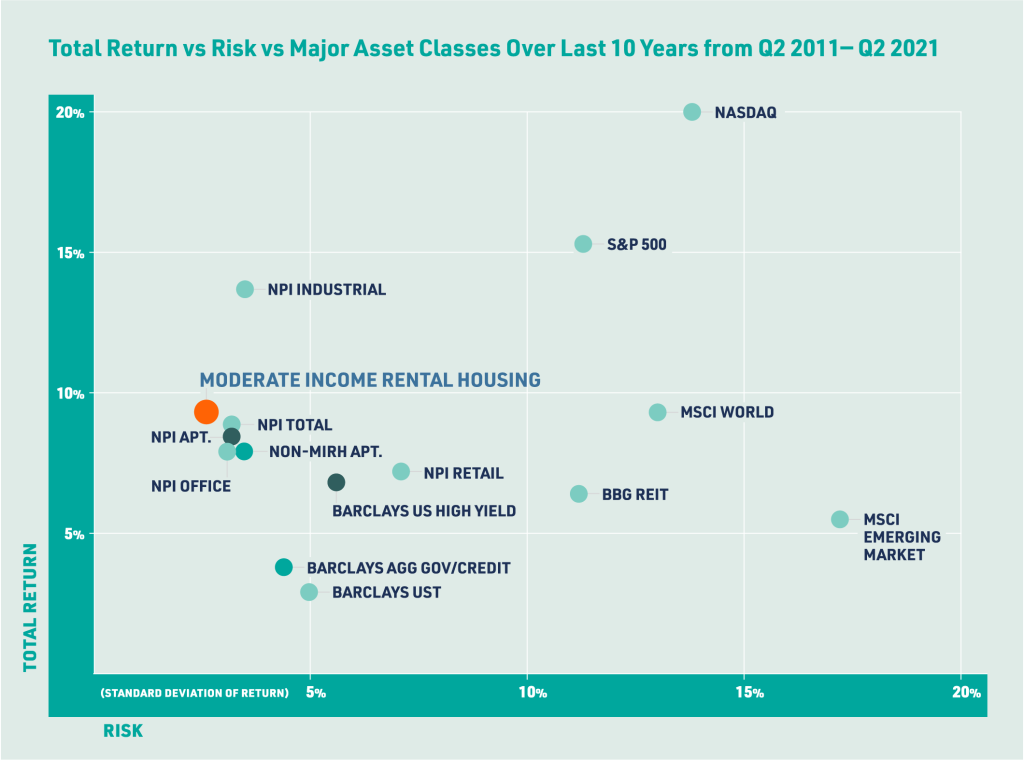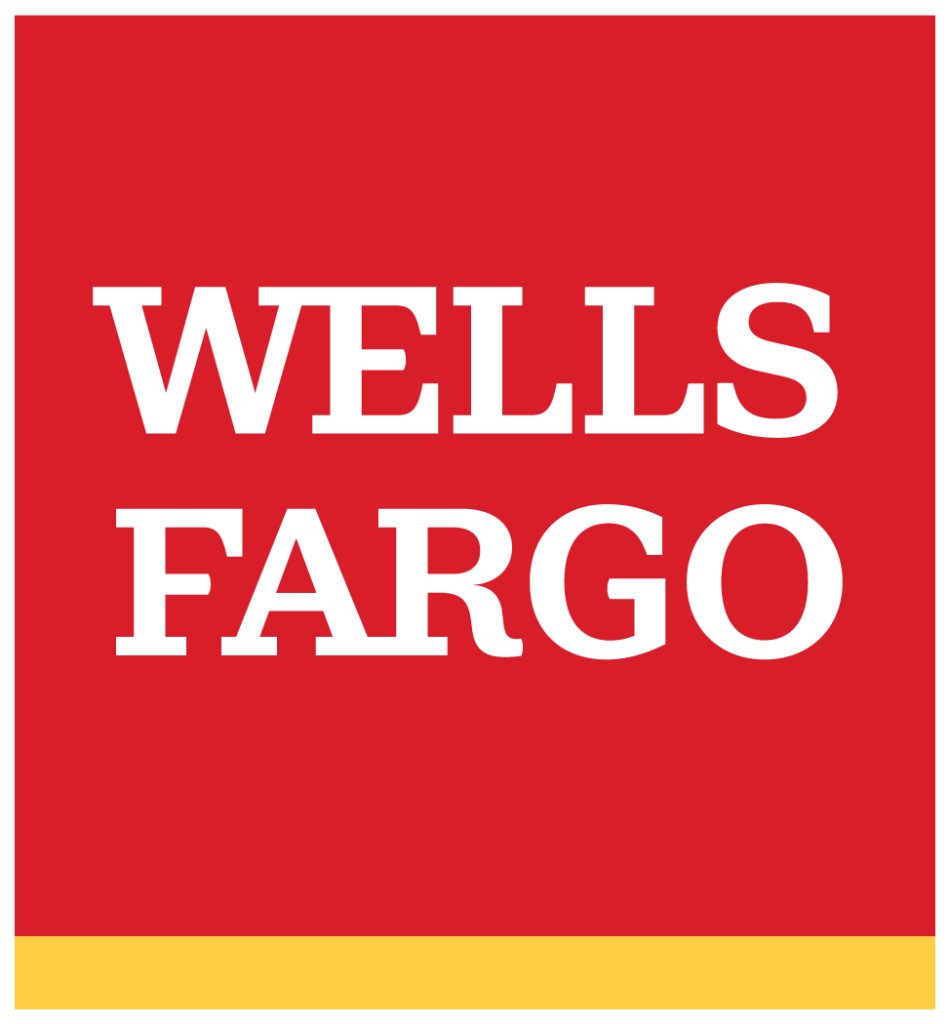MODERATE-INCOME
RENTAL HOUSING:
A VIABLE IMPACT INVESTMENT
A Competitive New Asset Class
Recent research confirms: Moderate-Income Rental Housing (MIRH) is a viable new real estate asset class for environmental, social, and governance (Impact) investments.
Interest among institutional real estate investors in workforce housing and Impact-focused investments is growing. Meanwhile, demand is surging for affordable rental housing for moderate-income households as the transition to homeownership becomes unobtainable for many.


A new report proves MIRH delivers consistent, predictable returns, refuting the current misconception that rental apartments priced for the middle-income workforce—such as teachers, nurses, and first responders—produce subpar investment performance compared to apartments with higher rent levels. In fact, MIRH assets have outperformed rental properties with higher rents since 2011

MIRH compares favorably in terms of its return and has a lower variation in total returns from year-to-year (risk) since 2011 as compared to other common asset classes.
MIRH is a promising, viable ESG investment.
Moderate Income Housing Report
"*" indicates required fields
About the Research
The research, sponsored by Wells Fargo and Affordable Central Texas, was prepared by Mark G. Roberts, Director of Research at the Folsom Institute for Real Estate at Southern Methodist University Cox School of Business, and Jake Wegmann, Associate Professor at the Community & Regional Planning Program at the University of Texas at Austin School of Architecture.


